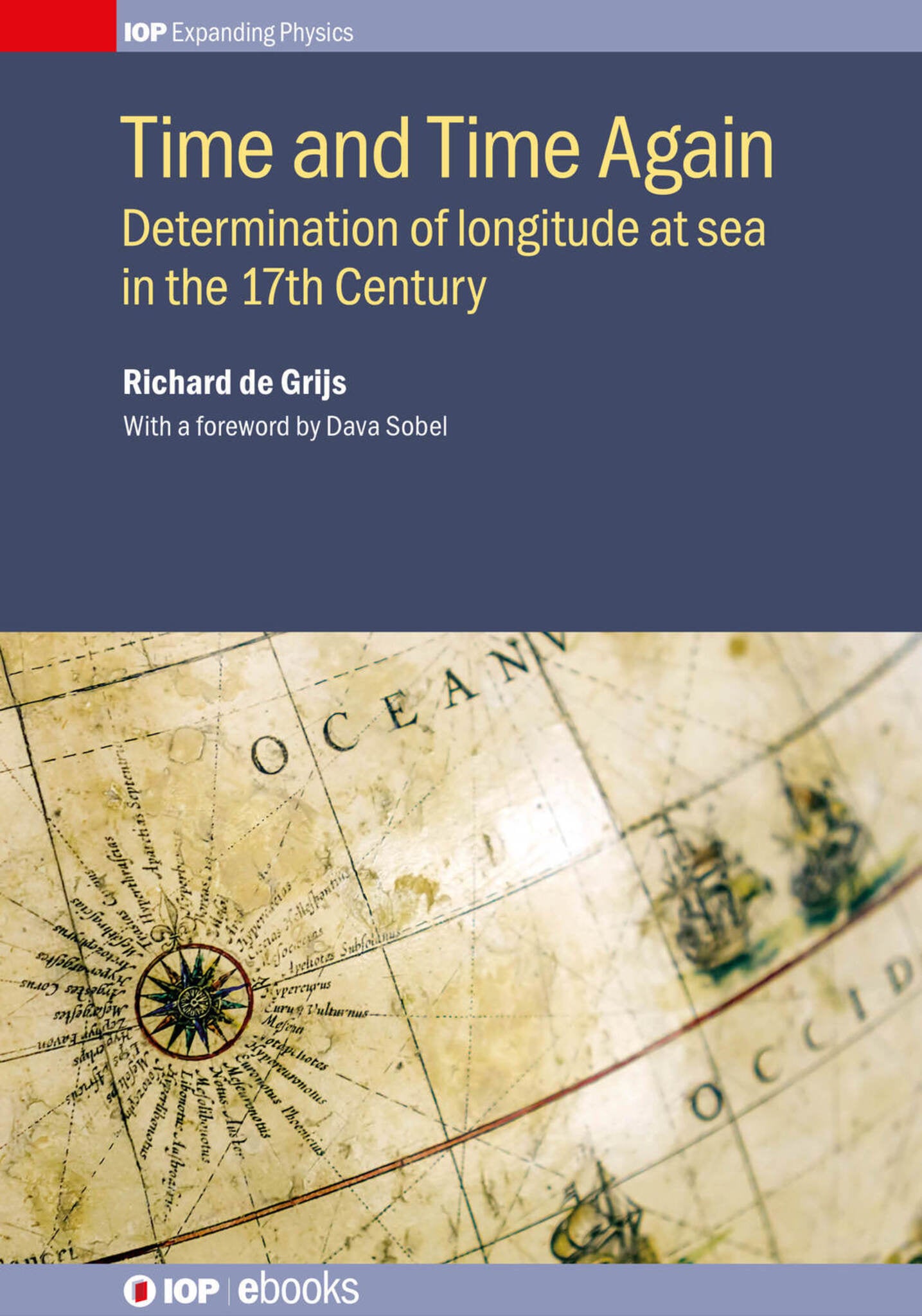We're sorry. An error has occurred
Please cancel or retry.
Time and Time Again

Some error occured while loading the Quick View. Please close the Quick View and try reloading the page.
Couldn't load pickup availability
- Format:
-
22 November 2017

Determination of one’s longitude at sea has perplexed sailors for many centuries. The significant uptake of world trade in the 17th and 18th Centuries rendered the increasingly urgent need to solve the ‘longitude problem’, an issue of strategic national importance. Historical accounts of these efforts often focus almost exclusively on John Harrison’s role in 18th-Century Britain. This book starts instead from Galileo Galilei’s late-16th-Century development of an accurate pendulum clock, which was first achieved in practice in the mid-17th-Century by Christiaan Huygens in the Dutch Republic. It is primarily based on collections of letters that have not been combined into a single volume before. Extensive introductory chapters on the history of map making, the establishment of the world’s reference meridian at Greenwich Observatory, and the rise of the scientific enterprise provide the appropriate context for non-expert readers to fully engage with the book’s main subject matter

SCIENCE / Space Science / Astronomy, Astronomy, space and time, History of science

1 - Changing times
2 - Global development of mathematical geography
3 - Early insights inspired by Galileo Galilei
4 - The importance of high-precision timekeeping
5 - The long road to a practical marine timepiece
6 - The merits of horology versus astronomy
EPILOGUE - Zero longitude



